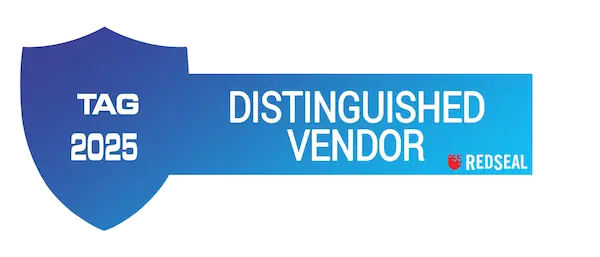Zero Trust Is Here to Stay, So How Can I Prepare My Network?
Whether you agree or not with the concept–zero trust architecture is here for the foreseeable future.
Unless your organization is cloud-native, you are going to have to prepare to implement zero trust on your existing enterprise. If you are the one responsible for deploying and maintaining networks for the Federal government, zero trust is most likely at the top of your to-do list.
The President’s latest executive order, dated May 12, 2021, compels Federal agencies to move to zero trust architectures and adoption of cloud services. This is meant to modernize departmental and agency IT infrastructures, and the security technologies that protect them. However, Federal agencies are not cloud-native companies. Most have large on-premise networks that will need to have their networks inventoried, along with all their applications and services identified, prior to implementing zero trust. Like any good implementation strategy, you are going to have to plan.
Zero trust is not a destination, but a continuous journey that is going to require rigorous configuration management and continuous monitoring. RedSeal is not a magic zero trust platform, but it can help you on your journey to prepare and maintain specific aspects.
One major step of this journey is just understanding what you have (network devices, mobile, desktops, IOT, etc.) and how your data moves through the network, as well as existing segmentation policies to comply with standards and regulations. One of the first steps in this journey will require enumeration of all the possible pathways, from every source to every destination, and you will have the challenge of also having to account for NAT IP address, along with load balancers. That is a daunting task by itself.
This is where the power of RedSeal’s Netmap analysis comes in. RedSeal automatically calculates every possible path through the network accounting for the effect of NATs and load balancing. Then you can ask RedSeal to show you these pathways to determine if they are approved and needed for business and mission success.
A side benefit of this analysis is RedSeal creates an inventory of all your network gear and IP space, as well as your cloud and software defined network (SDN) assets. You cannot secure it if you do not know about it, and the output of RedSeal gives you a great start on understanding what you have. Remember, with zero trust you are going to have to identify not only who, but what can, or should have access, so an inventory is an absolute must have.
As you move along this journey, and if your journey takes some, or most of your assets to the cloud, you can test the network segmentation of your cloud configuration in RedSeal before you deploy to the cloud to verify it is configured securely. Finally, RedSeal can continuously monitor your network segmentation and micro segmentation policies to make sure they stay compliant with your zero-trust architecture goals.
We’ve also partnered with MeriTalk on a new infographic report on “Braving the Cloud Storm” – a look at how agencies are addressing cybersecurity across a multitude of clouds and on-premise environments.

 RedSeal has been named a Platinum winner of
RedSeal has been named a Platinum winner of 